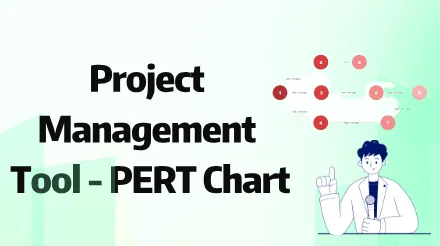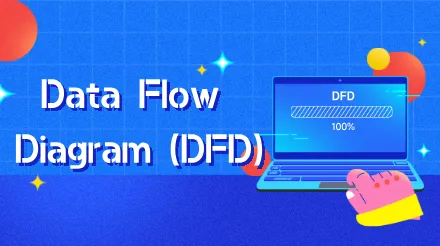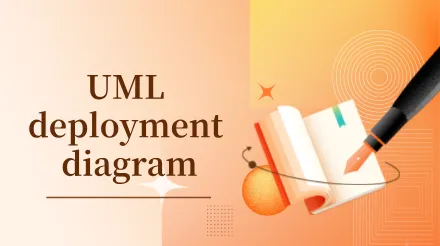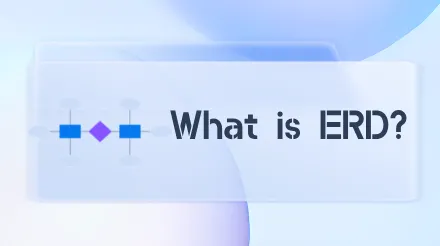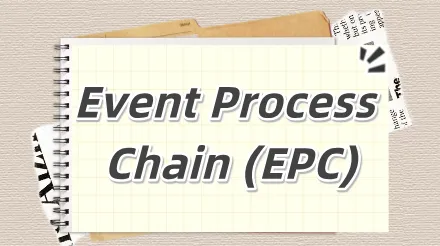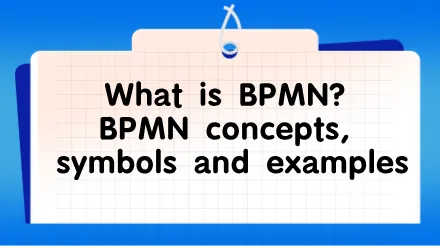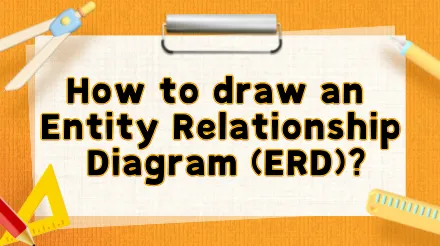EPC is an event-driven business process modeling method that graphically displays events, functions and their logical relationships in business processes. It is an important tool for enterprise management and information construction. Through the EPC model, enterprises can intuitively understand and analyze business processes, discover potential bottlenecks and problems, and then carry out targeted optimization and improvement. Mastering the method of using ProcessOn to draw EPC diagrams can help enterprises intuitively understand and optimize business processes, improve decision-making efficiency, and promote cross-departmental collaboration.


